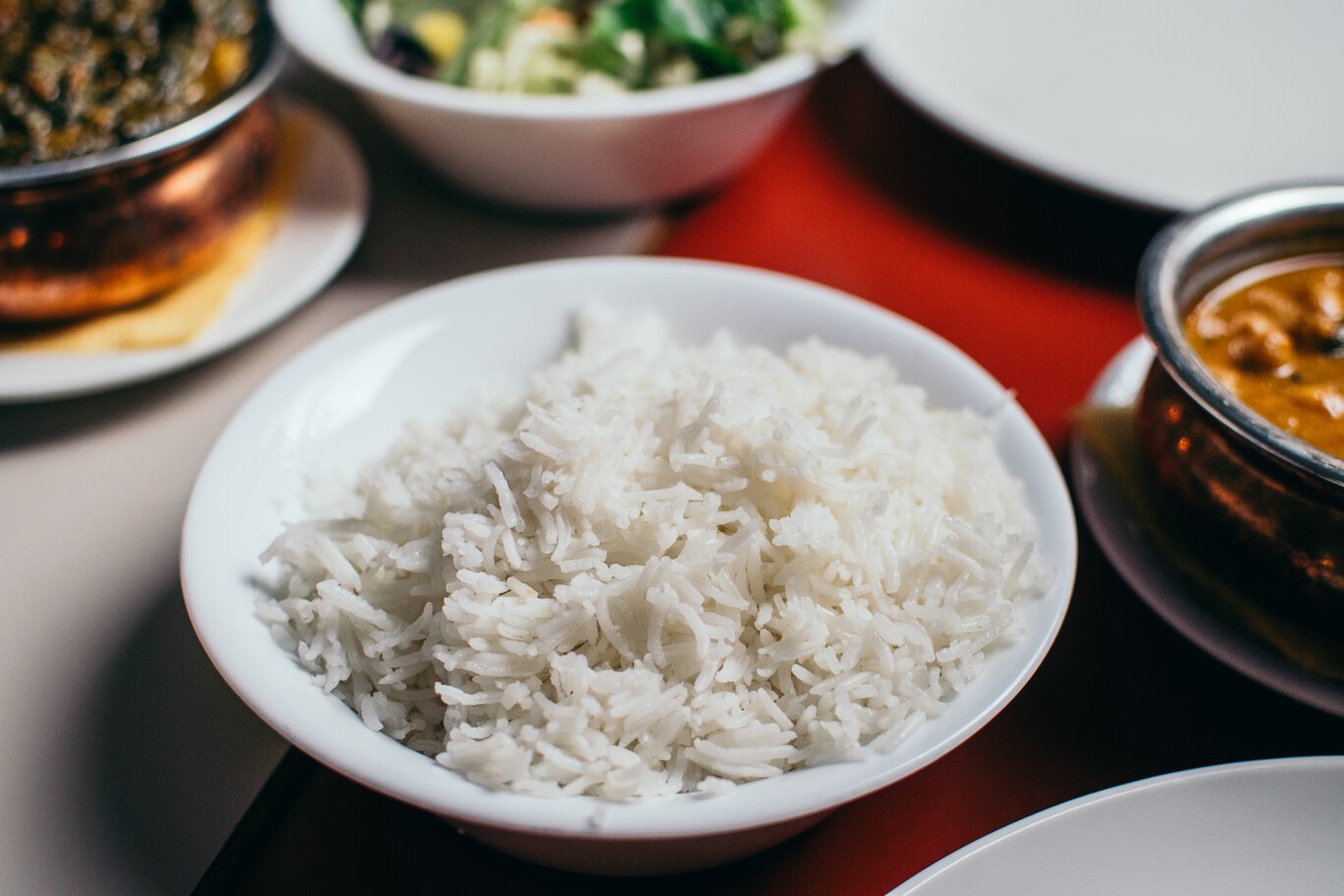
White rice is a staple in many diets, but it is often seen as a processed food that makes us fat. However, the countries of East Asia, where rice is part not only of the diet but also of the cultural heritage, present a lower prevalence of obesity.
White rice is an essential source of carbohydrates in many places. It contains fewer nutrients than brown rice since it loses its core and outer layer, where we can find various vitamins and minerals. In return, white rice stands the test of time better, something beneficial when used as a staple food.
Being white rice rich in carbohydrates and relatively poor in other nutrients, many see it as empty calories, and its glycemic or glycemic index (GI) is intermediate. The GI is a value between 0 and 100 that is assigned to foods with carbohydrates based on how our body converts these hydrates into sugars. The GI of white rice is approximately 64, intermediate in principle, being between 56 and 69, although close to the limit.
This value is especially important for people with type II diabetes, for whom foods with a low glycemic index are recommended. Brown rice would fall into this category, with a GI of 55, just below the intermediate threshold.
Despite this, science has not observed that high consumption of white rice is necessarily related to higher levels of obesity. Studies conducted in this area show a wide variety of results in this regard.
Some studies even observe that white rice is related to weight loss in some countries with a longer rice tradition, such as China. The reason may be related to how rice is consumed in these countries.
When trying to analyze a food we must bear in mind that it is not consumed in isolation but rather forms part of a more or less varied diet. Hence, studying nutritional details is so complex.
Learn from the Japanese
In oriental countries such as Japan, rice is often consumed in combination with other foods such as fish, shellfish, and seaweed… this causes its GI to moderate.
This also affects the amount of rice consumed at a meal, as does another cultural factor: chopsticks. Using these tools makes rice consumption slower, as the amount that can be put in the mouth is low. This makes the feeling of satiety faster.
The fact that rice is often consumed cold (here are some more factors to take into account ) also favors satiety. When it cools down, resistant starches gain presence in rice, which our body does not fully digest.
There are other factors that we cannot control and that could be related to the effects of rice on different groups. One is our genetics, and genetic factors related to the metabolism of each individual may affect how we consume and digest rice. The variety of rice that is consumed, beyond whether it is white or whole grain, can also affect it.
Beyond nutrition and metabolism, some more factors must be taken into account when talking about rice. The first is that it is a food that often contains trace amounts of arsenic in moderate amounts.
Arsenic is more present in brown rice than in white, but consumed in moderation these amounts are not dangerous to health. Of course, here again, we can make the rice healthier by following the Japanese example and washing and soaking the rice before cooking it.
In any case, the best advice is always to maintain a balanced and varied diet. Rice can be one more element in this, another source of carbohydrates along with bread, potatoes, and other cereals, always accompanied by vegetables and other foods.

Sharlene Meriel is an avid gamer with a knack for technology. He has been writing about the latest technologies for the past 5 years. His contribution in technology journalism has been noteworthy. He is also a day trader with interest in the Forex market.











